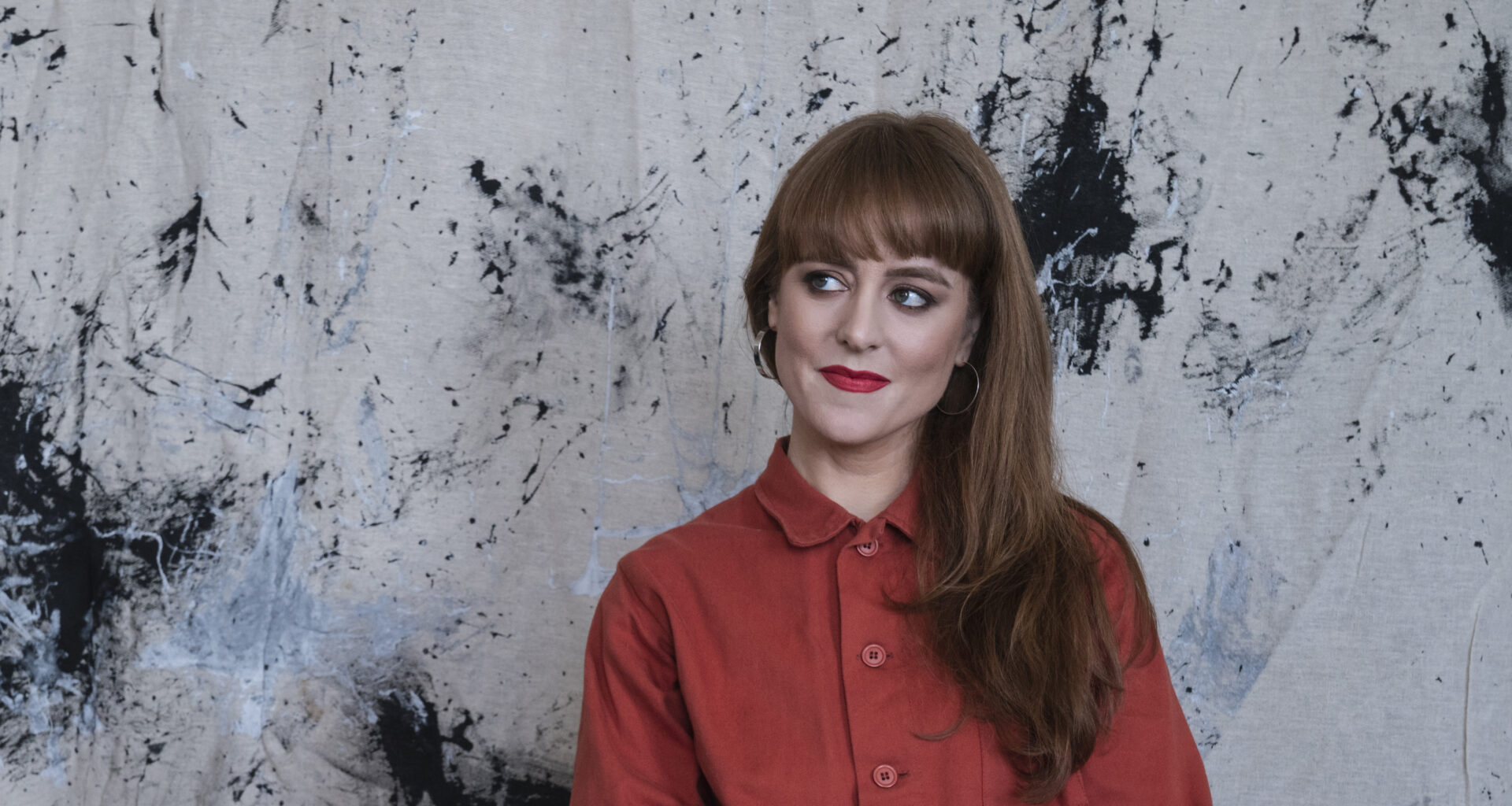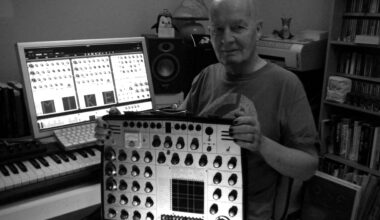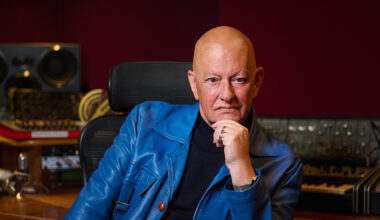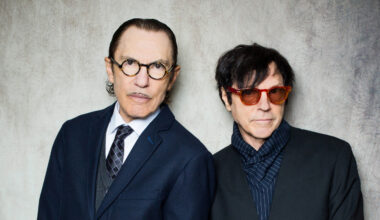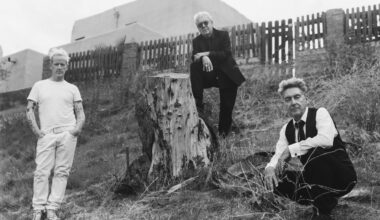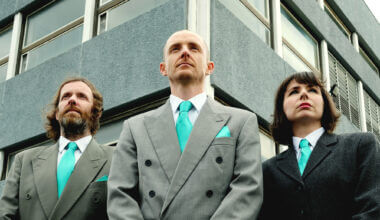Hannah Peel has surely and steadily established herself as one of the leading lights of the electronic world, with the likes of John Foxx, OMD and Paul Weller seeking out her services. With her new album, ‘Fir Wave’, she enjoys the unique privilege of retrospectively collaborating with her idol, the late Delia Derbyshire
Want to read more?
Sign up to Electronic Sound Premium to gain access to every post, video, special offers, and more. 100%, all you can eat, no commitment, cancel any time.
Already a premium member? Log in here
